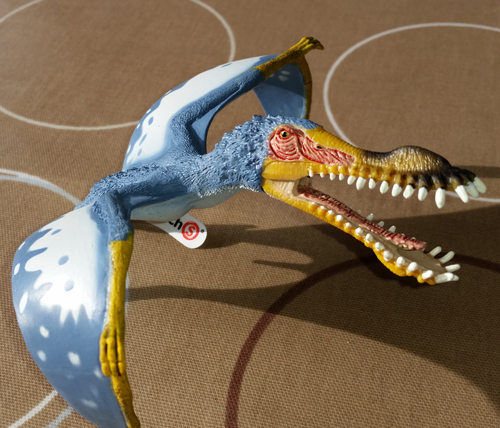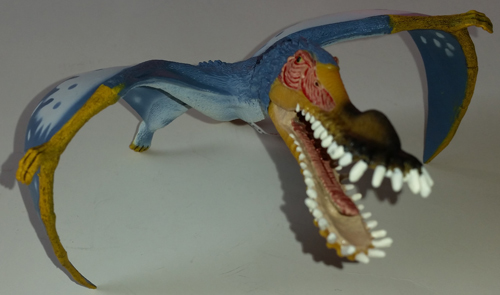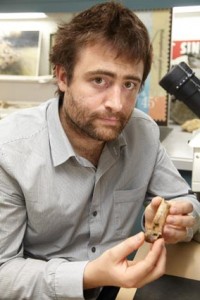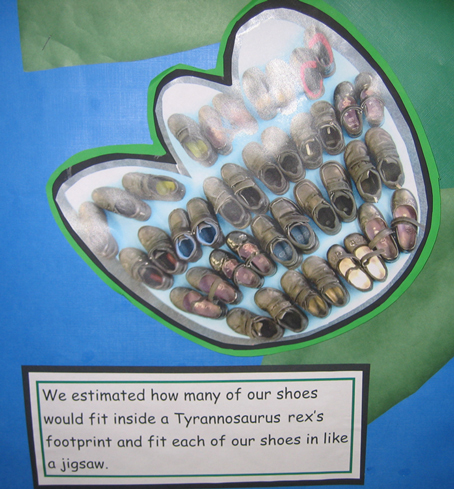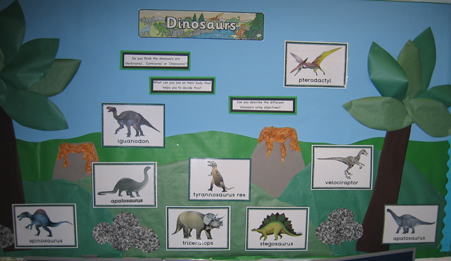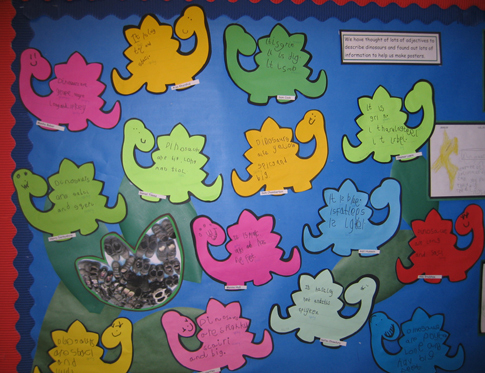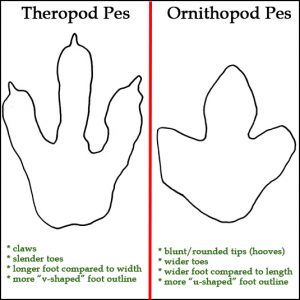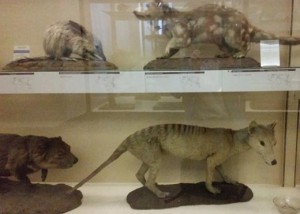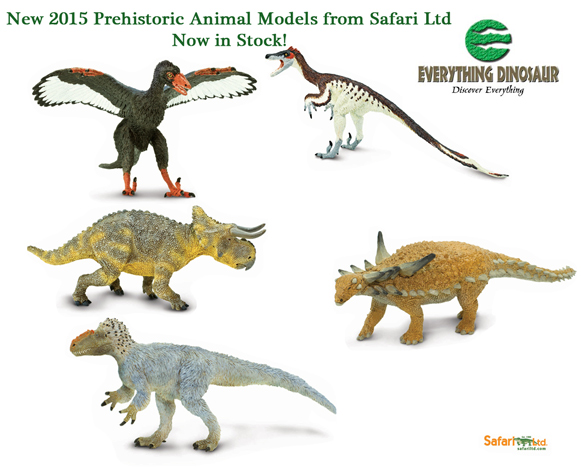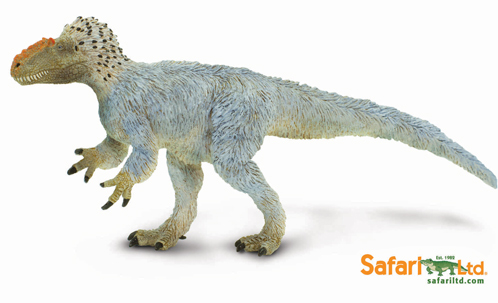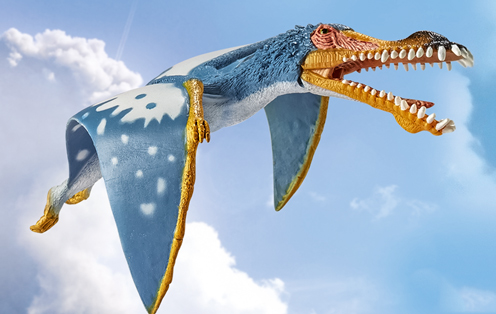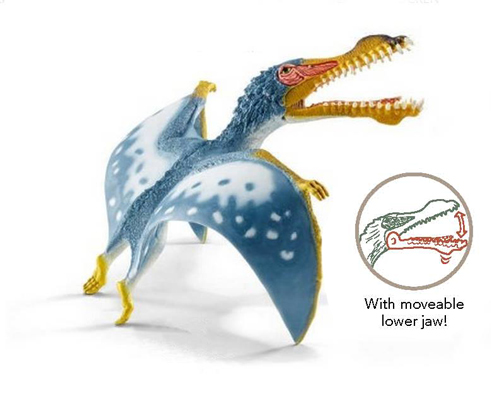The Mighty Mosasaurus – A Little Too Mighty!
With around 120 days or so until the premier of the long-awaited film, “Jurassic World”, the fourth in the “Jurassic Park” franchise, we thought that it would be a bit of fun to comment on the various prehistoric animals and other critters that are likely to feature in this movie. In this occasional series, we shall take a look at the rather eclectic range of cloned creatures that inhabit the theme park based on the tear drop shaped island Isla Nublar.
First up, one of the attractions at the centre of the Jurassic World theme park, and a new addition to the catalogue of prehistoric animals featured in the franchise, is Mosasaurus.
Mosasaurus Feeding on a Shark
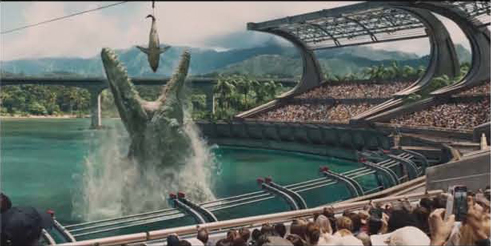
Come and see the mosasaur.
Picture credit: Jurassic World/Universal Studios
Jurassic World Mosasaurus
Clearly, with a nod towards the Killer Whales seen at the Sea World theme parks, InGen part of Masrani Global, have added giant marine reptiles to their genetic portfolio. Quite how they have managed to get hold of the DNA of a Mosasaurus remains a bit of a mystery, but hey ho, it’s only pretend.
The tank housing the Mosasaurus (a female), contains 11,000,000 litres of presumably sea water, since the majority of mosasaurs were marine animals. That is the equivalent of 2.4 million imperial gallons, an impressively sized aquarium, but around half the size of the existing Killer Whale pool at San Diego Sea World. Sea World has received a lot of criticism over the size of their Orca aquaria and recently it was announced that plans were in place to build a much bigger habitat at San Diego.
Enriching the Environment
The plans include a number of ideas to enrich the Killer Whale’s environment, the larger brained cetaceans would require much greater stimulation than the mosasaurs with their close phylogenetic affinity to snakes and lizards.
That’s right, mosasaurs belong to the Order Squamata (snakes and lizards), Mosasaurus was named and described back in 1822 following the scientific study of fossils found in a chalk quarry near Maastricht, Holland. A number of species of Mosasaurus have been described and scientists believe that the Mosasauridae evolved from land-dwelling lizards sometime in the Late Cretaceous (estimated to have evolved around ninety million years ago). They thrived for twenty-five million years with a number of species becoming apex marine predators, the largest of which could have exceeded eighteen metres in length.
Extinct at the End of the Cretaceous
This group died out in the End Cretaceous extinction event that also saw the demise of the dinosaurs. As far as we at Everything Dinosaur know, the mosasaurs, as part of the taxonomic Superfamily Mosasauroidea, are the most recent Superfamily associated with the Order Squamata to have become extinct.
The Mosasaurus as Depicted on the Jurassic World Website
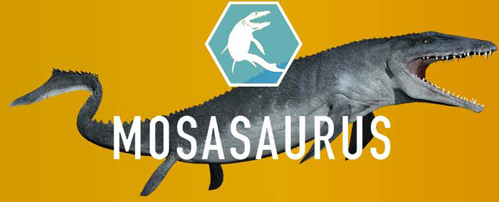
The Mosasaurus from Jurassic World.
Mosasaurus Feeding Show
In the information provided about the “Mosasaurus Feeding Show”, this creature is fed every two hours, that’s a lot considering that, like their living relatives the Monitor Lizards, these reptiles were probably cold-blooded and could have survived for long periods without eating much at all. The feeding time must be more like “snack time” for the Mosasaurus, although in the much viewed Jurassic World trailer, the Mosasaurus is depicted leaping out of the water to swallow whole what looks like a Great White Shark!
As for the size of the Mosasaurus in the movie, there has been a lot of comment about this already. The animal looks enormous in the trailer, but like a number of other marine reptiles, palaeontologists have got their shrink rays to work on the fossil material. Previous estimates for a number of marine reptiles have been re-sized downwards in recent years. In the picture in which Mosasaurus is seen leaping out of the water to feed on a shark, if we estimate the size of the shark at three metres long, then the Mosasaurus is easily upwards of twenty-five metres in length.
The Biggest Mosasaurs
So far as the fossil record goes, the biggest Mosasaurus could have reached lengths of a little over half this size. Other types of mosasaur, the likes of Hainosaurus may have been bigger, but even at thirteen metres a Mosasaurus would have been a frightening prospect.
Estimating the Sizes of Extinct and Extant Marine Predators
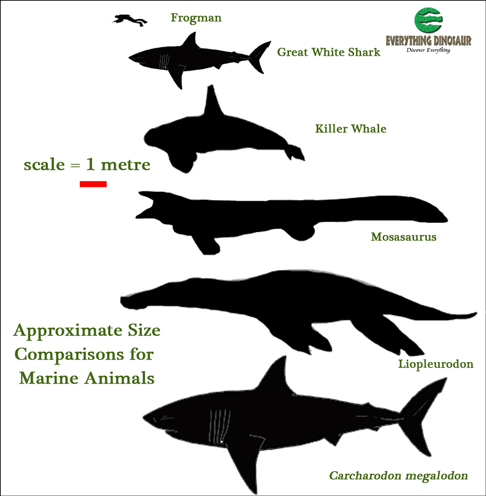
A “rough guide” to size.
Picture credit: Everything Dinosaur
The picture above provides an approximate size guide for a number of marine predators. Killer Whales range in size from 5-8 metres. Size estimates for Great White Sharks vary and the same can be said for Carcharodon megalodon* as well as the marine reptiles depicted. However, whichever way you look at it, the Mosasaurus as shown in the Jurassic World trailer is oversized. Perhaps those geneticists at InGen simply grew a bigger Mosasaurus who knows? Even on the Jurassic World promotional website size estimates for their attraction vary, there is one reference for fourteen metres in length, another for eighteen metres.
A Tail Fluke
A number of palaeontologists now contend that Mosasaurus had a tail fluke. The model makers CollectA created a modern interpretation of a Mosasaurus in 2014, with a tail fluke added. Safari Ltd have a beautiful Mosasaurus model in their Wild Safari Dinos range as well as a Tylosaurus replica in the company’s Carnegie Collectibles series.
To view the CollectA range of prehistoric animals including the Mosasaurus: CollectA Prehistoric World Models.
Comparing Different Mosasaur Models (including Tylosaurus replicas)
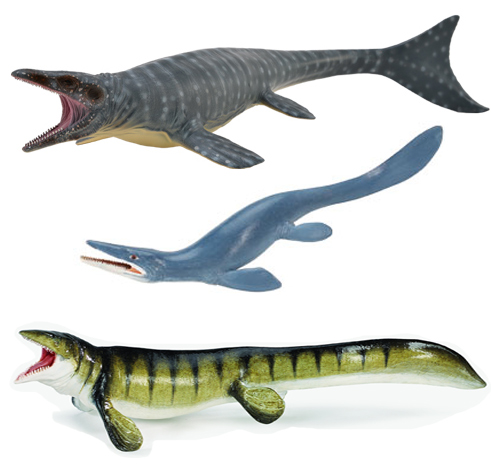
Comparing different models of mosasaurs.
Picture credit: Everything Dinosaur
The picture shows the CollectA 2014 Mosasaurus replica with its wonderful colouration and that tail fluke (top), the Wild Safari Dinos Mosasaurus model (middle) and the Carnegie Collectibles (bottom).
To view the range of Carnegie and Wild Safari Dinos models available from Everything Dinosaur: Wild Safari Prehistoric World Models.
We are not sure how big a role the Mosasaurus is going to play in the Jurassic World movie, but we are delighted to see the addition of marine reptiles to the film franchise. They are most welcome.
Carcharodon megalodon* – this prehistoric shark has been reclassified and is now referred to as Otodus megalodon.
Recently Nanmu Studio introduced a replica of the Mosasaurus from the movie franchise. The model has been called “Lord of the Abyss”.

Nanmu Studio Mosasaurus “Lord of the Abyss”.
To view the Nanmu Studio model range in stock: Nanmu Studio Dinosaur and Prehistoric Animal Models.



